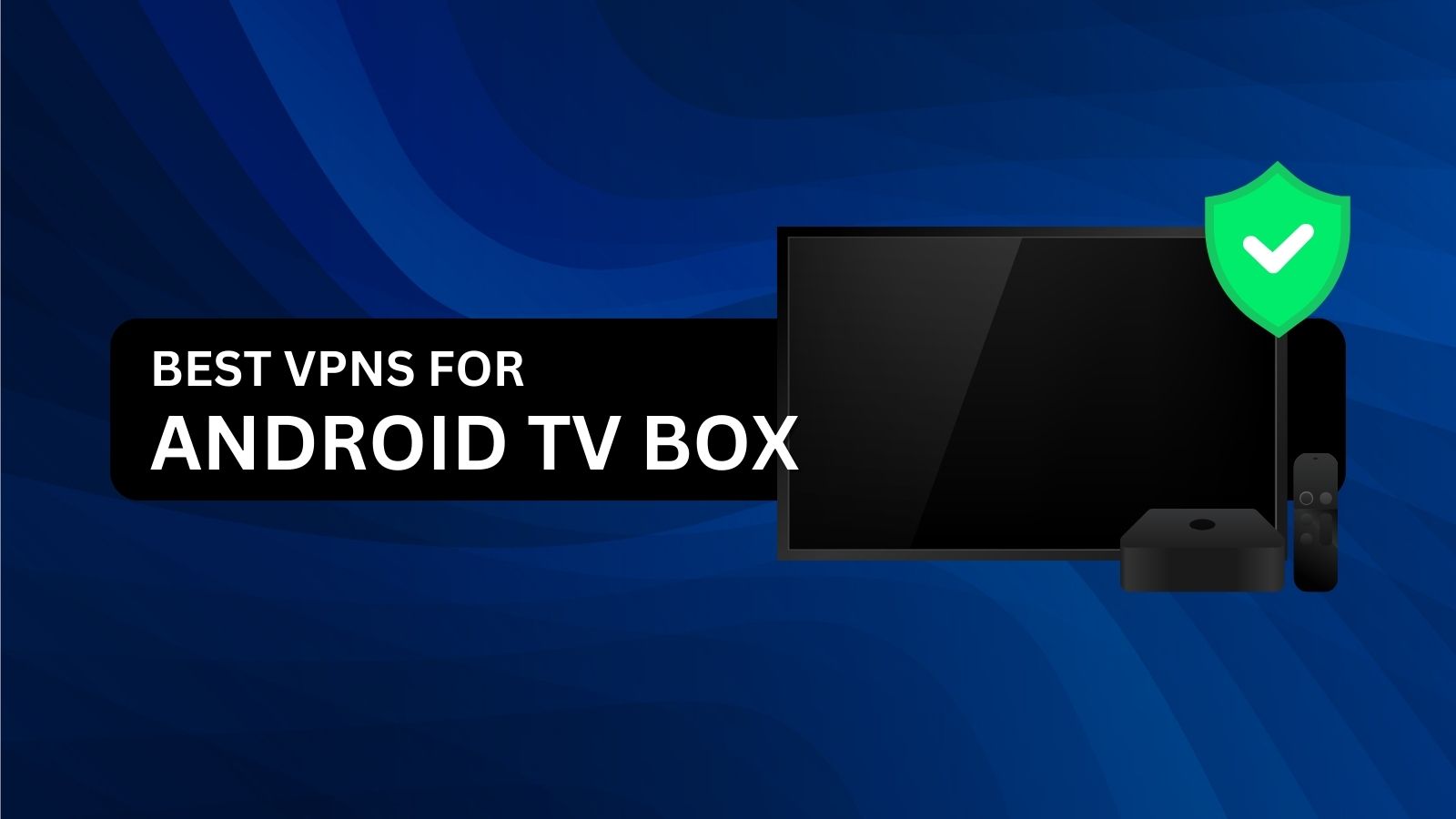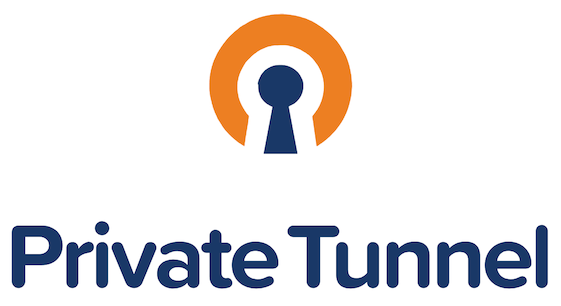How Do Level-Funded Plans Compare to Fully Insured Plans in Terms of Cost Control?

Health insurance costs are a big deal for businesses. If you’re an employer looking for ways to provide healthcare benefits without breaking the bank, you’ve probably come across level-funded vs fully insured plans.
Both options help cover employees’ medical expenses, but they work differently—especially when it comes to cost control. So, which one gives you better financial stability while keeping expenses in check?
What Is a Fully Insured Health Plan?
A fully insured plan is the traditional way of offering health insurance. You, as the employer, pay fixed monthly premiums to an insurance company. In return, the insurer takes on all the risk. Whether your employees use the plan a lot or barely at all, your costs remain the same.
How It Works:
- You select a plan from an insurance provider.
- You pay a fixed monthly premium based on the number of employees.
- The insurance company handles all claims, no matter how high or low.
- Employees pay copays, deductibles, and coinsurance as outlined in the policy.
Pros of Fully Insured Plans:
- Predictable Costs – You always know how much you’re paying each month.
- Low Risk for Employers – The insurance company covers all claims, even if they’re huge.
- Less Administrative Work – The insurer handles claims, paperwork, and compliance.
- Easier for Small Businesses – Ideal for companies that don’t want to manage healthcare expenses directly.
Cons of Fully Insured Plans:
- No Refunds – Even if your employees use very little healthcare, you don’t get any money back.
- More Expensive – Insurers build profit margins into premiums, so you pay extra.
- Little Control – You can’t customize benefits much; you get what the insurer offers.
- State-Mandated Costs – Fully insured plans must comply with state regulations, which can drive up costs.
What Is a Level-Funded Health Plan?
A level-funded plan is like a mix between self-funded and fully insured options. It gives employers some of the cost-saving benefits of self-funding while keeping payments predictable.
How It Works:
- You pay a fixed monthly amount, just like in a fully insured plan.
- This payment covers expected claims, administrative fees, and stop-loss insurance.
- If actual claims are lower than expected, you may get a refund at the end of the year.
- If claims are higher than expected, stop-loss insurance steps in to cover excess costs.
- A third-party administrator (TPA) typically manages claims and paperwork.
Pros of Level-Funded Plans:
- Predictable Costs – Like fully insured plans, you pay the same amount each month.
- Potential Refunds – If claims are low, you may get money back.
- Lower Taxes – Avoids some state insurance taxes, making it cheaper than fully insured plans.
- Some Customization – More flexibility in plan design compared to fully insured options.
Cons of Level-Funded Plans:
- No Guaranteed Savings – If claims are high, you won’t get a refund.
- Slightly More Administrative Work – You may need a TPA to help manage claims.
- Limited Availability – Not all insurers offer level-funded plans, especially for very small businesses.
Cost Control: Level-Funded vs Fully Insured Plans
Cost control is a major factor when choosing a health plan. Businesses need predictable expenses while also minimizing unnecessary spending. Here’s how level-funded and fully insured plans compare in key areas.
1. Monthly Costs: Fixed vs. Refundable
|
Plan Type |
Monthly Cost |
Can You Get Money Back? |
|
Fully Insured |
Fixed premium |
No, insurer keeps the profits |
|
Level-Funded |
Fixed payment |
Yes, if claims are lower than expected |
- With a fully insured plan, you pay a set premium, and that’s it. No refunds, even if claims are low.
- With a level-funded plan, you still pay a fixed monthly amount, but if your employees don’t use much healthcare, you could get some of that money back.
2. Risk and Cost Fluctuations
|
Plan Type |
Financial Risk |
Cost Predictability |
|
Fully Insured |
Low (insurer takes full risk) |
High (fixed premiums) |
|
Level-Funded |
Medium (stop-loss insurance limits big risks) |
High (fixed payments, but potential refunds) |
- Fully insured plans are zero risk for employers—no matter what happens, the insurer pays the claims.
- Level-funded plans still have some risk, but stop-loss insurance limits it. Your costs remain steady month-to-month, but you might save money in a good year.
3. Customization and Cost Control
|
Plan Type |
Can You Customize? |
Control Over Costs? |
|
Fully Insured |
No (limited to insurer’s plans) |
Low (fixed rates, no flexibility) |
|
Level-Funded |
Some (more plan design options) |
Medium (fixed payments but refund potential) |
- Fully insured plans are rigid—you pick from what the insurer offers, and that’s it.
- Level-funded plans let you tweak benefits, giving you more control over spending.
4. State Regulations and Taxes
|
Plan Type |
Subject to State Insurance Rules? |
Subject to State Insurance Taxes? |
|
Fully Insured |
Yes |
Yes |
|
Level-Funded |
No (ERISA-regulated) |
No (avoids some taxes) |
- Fully insured plans must follow state insurance laws, which can add extra costs.
- Level-funded plans are typically regulated at the federal level under ERISA, avoiding some state taxes and mandates.
Which Plan Is Best for Cost Control?
Go with a Fully Insured Plan if:
- You want zero financial risk and are okay paying more for stability.
- You don’t want to deal with claims administration or healthcare management.
- You’re a small business that doesn’t qualify for level-funded options.
Go with a Level-Funded Plan if:
- You want predictable monthly costs but with the chance to save money when claims are low.
- You don’t mind a little bit of risk, as stop-loss insurance protects against high claims.
- You’re looking to avoid some state taxes and regulations to reduce expenses.
- You want some control over plan design to match employee needs.
Final Thoughts: The Best Balance of Cost and Risk
Choosing the right health plan is about balancing cost control with financial security.
Level-funded vs Fully insured plans
- Fully insured plans are simple and risk-free, but they’re often more expensive in the long run.
- Level-funded plans give you cost predictability while still offering potential savings if claims are low.
If keeping healthcare costs under control is your priority, a level-funded plan offers the best of both worlds—fixed costs with potential refunds. But if you’d rather pay a little more for complete peace of mind, a fully insured plan might be the safer choice.
Every business is different. The right plan depends on your company’s size, financial health, and risk tolerance. Talk to a benefits consultant to see what works best for you!
What's Your Reaction?
























